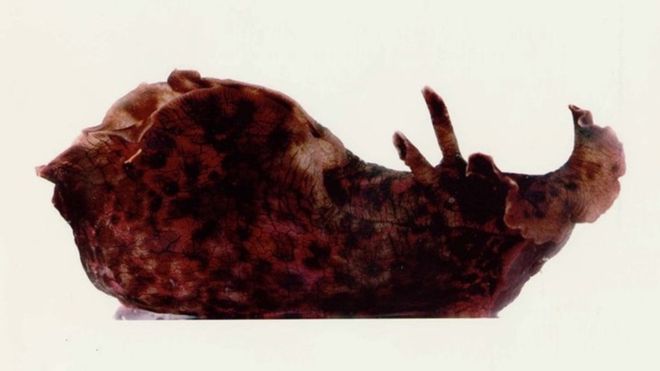Some Science Fiction just became reality.
The idea (in fiction, anyway) isn’t exactly new: having memories transferred between beings. But scientists have actually managed to pull it off… in slugs.
By transplanting RNA between slugs they were able to transfer memories, of a sort. One group of snails was trained to develop a defensive reaction (in this case, contracting to avoid harm) under outside stimulus. When the RNA from those slugs was implanted into untrained slugs, they reacted exactly the same as the original group under the same stimulus.
Scientists gave mild electric shocks to a species of marine slugs – Aplysia californica. When the scientists tapped the slugs that had been shocked, they found that they displayed a defensive reaction lasting for 50 seconds. The control group, on the other hand, had theirs last only about 1 second.
But wait, there’s more
They then took RNA from some of the trained slugs, and implanted it in a small number of untrained slugs. They discovered that, when shocked, the implanted snails had a reaction of about 40 seconds. And they saw a similar effect in sensory nerve cells tested in petri dishes.
Prof. David Glanzman, one of the authors of the paper from UCLA, stated that the result was “as though we transferred the memory”. He also stresses that the slugs weren’t hurt:
These are marine snails and when they are alarmed they release a beautiful purple ink to hide themselves from predators. So these snails are alarmed and release ink, but they aren’t physically damaged by the shocks.
Traditionally, it was believed that long-term memories were stored in the brain’s synapses. But the experiment suggests otherwise. As prof. Glanzman notes:
If memories were stored at synapses, there is no way our experiment would have worked.
Instead, he believes that long-term memories might be held in neurons. Studies conducted years ago might have some validation thanks to this paper. The RNA in question is believed to regulate a number of cell functions involved with development and reaction to disease.
There are similarities between the cells and molecular processes of the slugs and those of humans. despite, of course, the fact that humans have many orders of magnitude more neurons than the slugs.
Nonetheless, the research could have an impact on the treatment of diseases like Alzheimer’s.
When asked whether the technique could be used to transfer memories from life experiences, Prof. Glanzman was optimistic, though uncertain. Still, he thinks that a greater understanding of the storage of memories is valuable.

